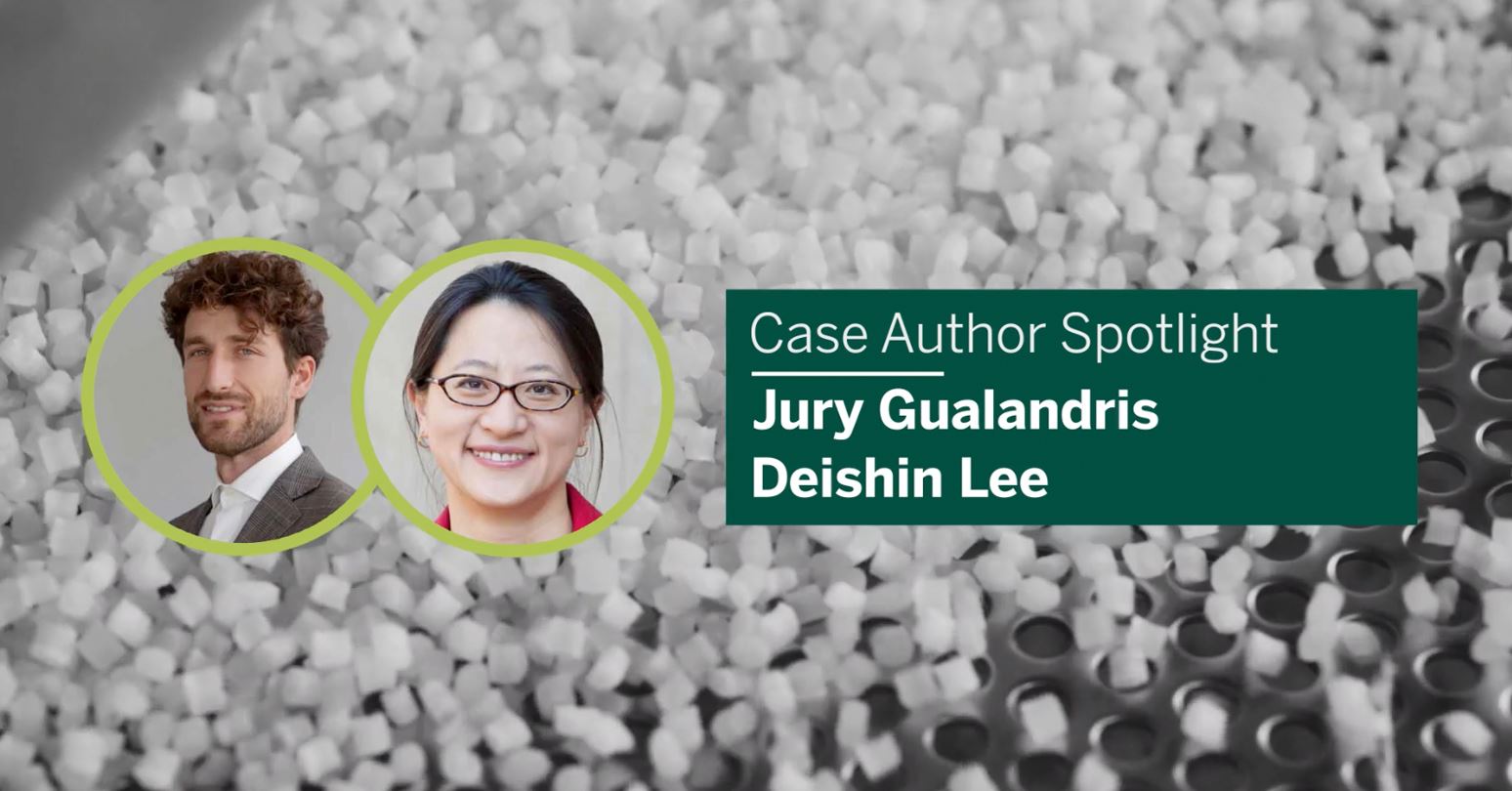Dealing with uncertainty is a defining feature of modern business. Whether it’s the global pandemic, issues of injustice and inequality, or the need to build resilience in the environment and supply chains, there’s a new batch of challenges for leaders today. That’s why new cases from Ivey Publishing are bringing current issues to life in the Ivey classroom. Robust discussions of these real-life problems aim to influence behaviour, build critical thinking, and give students the confidence to face the future of business head-on. Here’s a look at new cases written and taught by Ivey faculty and the lessons they bring.
HP Canada Co.: A Circular Supply Chain for Recycled Plastic
Jury Gualandris, Associate Professor, Operations Management and Sustainability and Deishin Lee, Associate Professor, Operations Management & Sustainability (with Cole Beattie, HBA ’23 candidate)
While the pandemic heightened attention on environmental problems and social issues as the world focused on building resilience, it also stalled some organizations’ sustainability efforts. The HP Canada case examines how decreasing commodity prices, global supply challenges, and lowered collection of recycled content undermined HP’s goal to use post-consumer recycled plastic in its products.
Jury Gualandris wrote the case with colleague Deishin Lee and looks forward to teaching it in coming months. He said the case reviews HP’s 30-year journey to develop a circular supply chain for plastics to achieve bold goals, and the effects of it competing against traditional supply chains for virgin plastic. It teaches students about the key differences and similarities of forward processes (sourcing and production of virgin plastic) and reverse processes (collection, recovery, and recycling) in a circular supply chain. It also helps them to assess how to trade off complex strategic and operational decisions that simultaneously tackle supply and demand challenges. Finally, it can be used to discuss the environmental limits of the electronics industry.
“Many firms will need to rethink the way they design, produce, and maintain products. Think about the recent COP26 commitments to Net Zero,” said Gualandris. “Circular supply chains and secondary markets will need to grow in size and efficiency if we want to regenerate our socio-ecological systems. The case brings together technical (hard) and managerial (soft) insights about the strengths and weaknesses of emergent circular solutions.”



